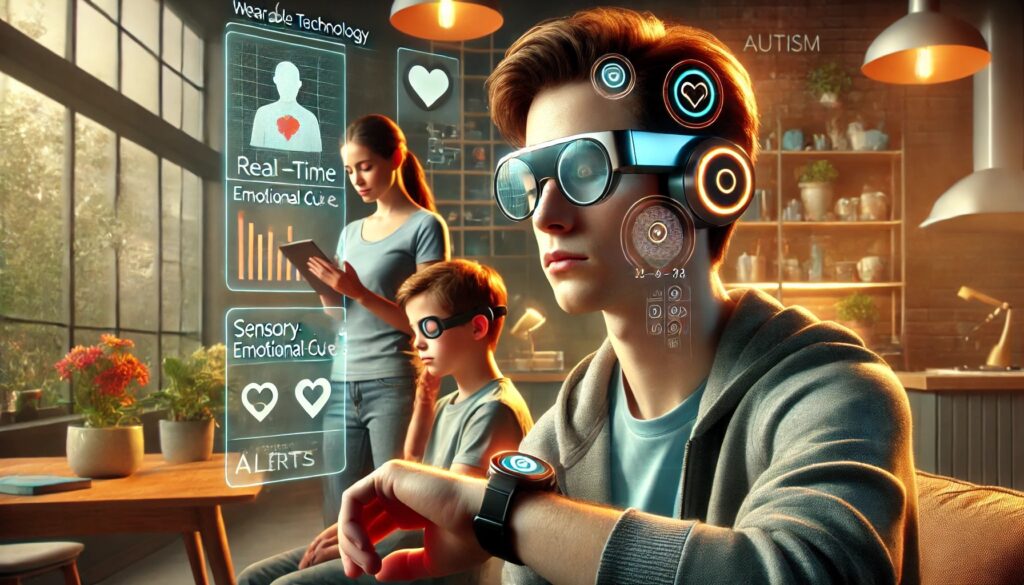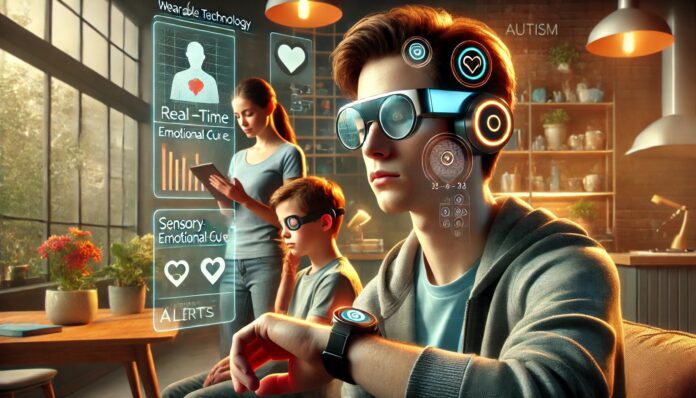
A comprehensive systematic review published in the journal Research in Autism Spectrum Disorders has revealed the promising potential of wearable and mobile technologies in supporting individuals with autism spectrum disorder (ASD). The research, conducted by Koumpouros and Kafazis (2019), analyzed 83 studies to identify current trends, challenges, and future directions in this rapidly evolving field.
Key Findings: A Multi-Purpose Technological Toolkit
The review identified three primary application areas where mobile and wearable technologies are making significant impacts:
1. Training (53% of studies)
Mobile applications and wearable devices are helping autistic individuals develop crucial skills, with over half focused on social skills development (58.3%). Other training areas include vocational skills, cooperation, numeracy, vocabulary, and first aid skills.
2. Monitoring (30.8% of studies)
Technologies are being used to track physiological signals (like heart rate), detect stereotypical behaviors, and monitor location—enabling caregivers and healthcare professionals to better understand patterns and provide timely support.
3. Supporting (15.4% of studies)
Digital tools are assisting with social tasks, education, physical activity, and managing attention deficits and anxiety—providing customizable support for everyday challenges.
Technology Landscape: What’s Being Used?
Android and iOS platforms were equally represented in the studies (39.8% each), with web-based applications following at 12%. Nearly one-third (29.6%) of the studies utilized assistive technologies, while 26% employed computer-assisted instruction and 28.6% focused on computer-mediated communication.
“Affective computing—using technology to recognize emotions—was also prominent (20.8%),” the researchers note, highlighting the importance of emotional intelligence support for the autism community.
Common Challenges in Current Research
The review identified several significant limitations in the current research landscape:
- Small sample sizes in most studies
- Lack of control groups in comparative studies
- Minimal parental participation
- Short observation periods
- Limited investigation of skill retention
- Subjective assessment methods lacking standardization
- Privacy and security concerns with collected data
“The results suggested that mobile phones could be a promising means for the delivery of interventions targeting people with ASD,” the authors write, but they emphasize that “several challenges still exist in the research efforts towards the development of applications.”
Looking Forward: The Road Ahead
The researchers emphasize several key areas for future development:
- Larger, more diverse studies with statistically significant sample sizes and control groups
- Real-world testing beyond controlled environments to assess real-life applicability
- Highly customizable solutions to address the wide range of individual needs across the autism spectrum
- Interdisciplinary collaboration between behavioral scientists, technology developers, and the autism community
- Privacy-focused design to address security and ethical concerns
- Standardized assessment tools for more reliable user satisfaction evaluation
What This Means for the Autism Community
The findings suggest that mobile and wearable technologies offer numerous benefits for autistic individuals, including non-intrusive, discreet support that’s available anytime and anywhere. The portability and adaptability of these technologies make them particularly valuable for providing personalized assistance.
As technology continues to advance, the researchers predict “an important increase in the coming years” for wearable and mobile applications supporting the autism community. With greater focus on addressing current limitations, these technologies could dramatically improve support options, helping autistic individuals develop skills and navigate daily challenges with greater independence.
Reference: Koumpouros, Y., & Kafazis, T. (2019). Wearables and mobile technologies in Autism Spectrum Disorder interventions: A systematic literature review. Research in Autism Spectrum Disorders, 66, 101405. https://doi.org/10.1016/j.rasd.2019.05.005
